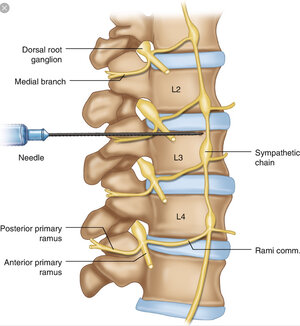Cancer Pain Specialist in Tampa, FL
Most cancer pain is caused by the tumor pressing on bones, nerves or other organs in the body.
Sometimes pain is due to your cancer treatment. For example, some chemotherapy drugs can cause numbness and tingling in your hands and feet. Or they might cause a burning sensation at the spot where you have the drug injection.
Radiotherapy can cause skin redness and irritation.
Broadly, Cancer pain can be acute or chronic.
Acute pain is due to damage caused by an injury and tends to only last a short time. For example, having an operation can cause acute pain. The pain subsides when the wound heals. In the meantime, painkillers will usually keep it under control.
Chronic pain can be due to changes to the nerves. Nerve changes may be due to cancer pressing on nerves or due to chemicals produced by a tumor. It can also be caused by nerve changes due to cancer treatment. Chronic pain persists well beyond the initial injury or treatment period varying in intensity from mild to severe. It can be constant and unremitting.
Sometimes pain can come on quickly, for example when you have a dressing changed or you move around and change position. This type of pain is called incidental pain.
Chronic pain is also called persistent pain.

Ketamine is an anesthetic medication. It is a schedule 3 dissociative anesthetic, which has shown promising antidepressant effects that are both rapid and robust. It has been safely used for years as the ideal anesthetic in hospital and medical settings. When used under medical supervision, studies have shown ketamine infusions to have significant effects in healing treatment-resistant depression. It is on the World Health Organization’s List of Essential Medicines because of its safety and efficacy for anesthesia.
More recently, ketamine has been discovered as a safe and effective treatment for depression, and randomized controlled trials have shown rapid improvement in mood as well as reduction in suicidality compared to people who receive a placebo or another drug. Ketamine has the ability to go to work right away, unlike most antidepressants, which take weeks, sometimes months, to provide relief.
Ketamine infusion therapy is an IV procedure performed in-office by Dr. Kalava. Dr. Kalava & his associates will monitor your response and level of consciousness throughout the infusion.
Please contact our office to discuss Ketamine Infusion Therapy, and see if it is right for you.
The most important factors when choosing a ketamine provider are the doctor’s experience and commitment to providing safe, compassionate care. Dr. Kalava is the nation’s leading practitioner of ketamine infusion therapy and is a recognized expert in the field of anesthesiology.
[Scientific articles on Ketamine published by Dr. Kalava: Article 1 & Article 2 ]
Every patient is unique and deserves special care. Whether determining dose, infusion duration, the number of initial infusions, or the interval between return visits, we make individual assessments and structure ketamine treatments to match each patient’s response and unique needs.
Low dose ketamine is administered by Dr. Kalava, who is a Double Board Certified, Mayo Clinic fellowship trained Anesthesiologist. Ketamine, as we know, is an anesthetic and is best administered under the constant vigilance of a qualified anesthesiologist.
Depending on the medical condition being treated, IV ketamine can be administered over 1 minute, 40 minutes, one hour, or 4 hours. The actual type of treatment will be discussed with you during your initial consultation. The number of infusions and duration of ketamine therapy varies and is individualized. An average of 6-8 treatments are required for a good clinical response.
Mild psychotomimetic (confusion, hallucinations) effects, increase in heart rate, blood pressure, mild headache, and nausea are possible in some patients and are usually well tolerated.